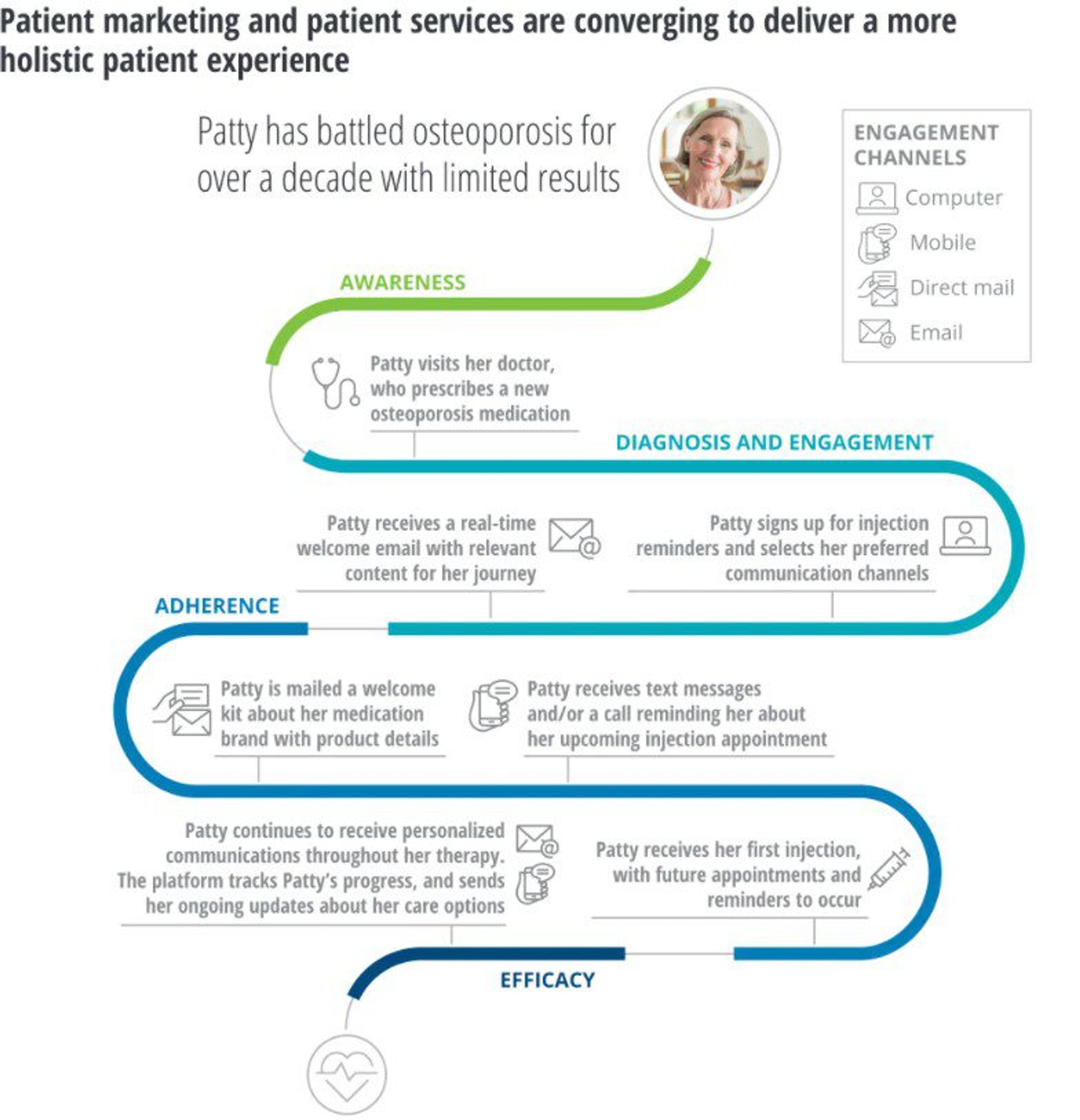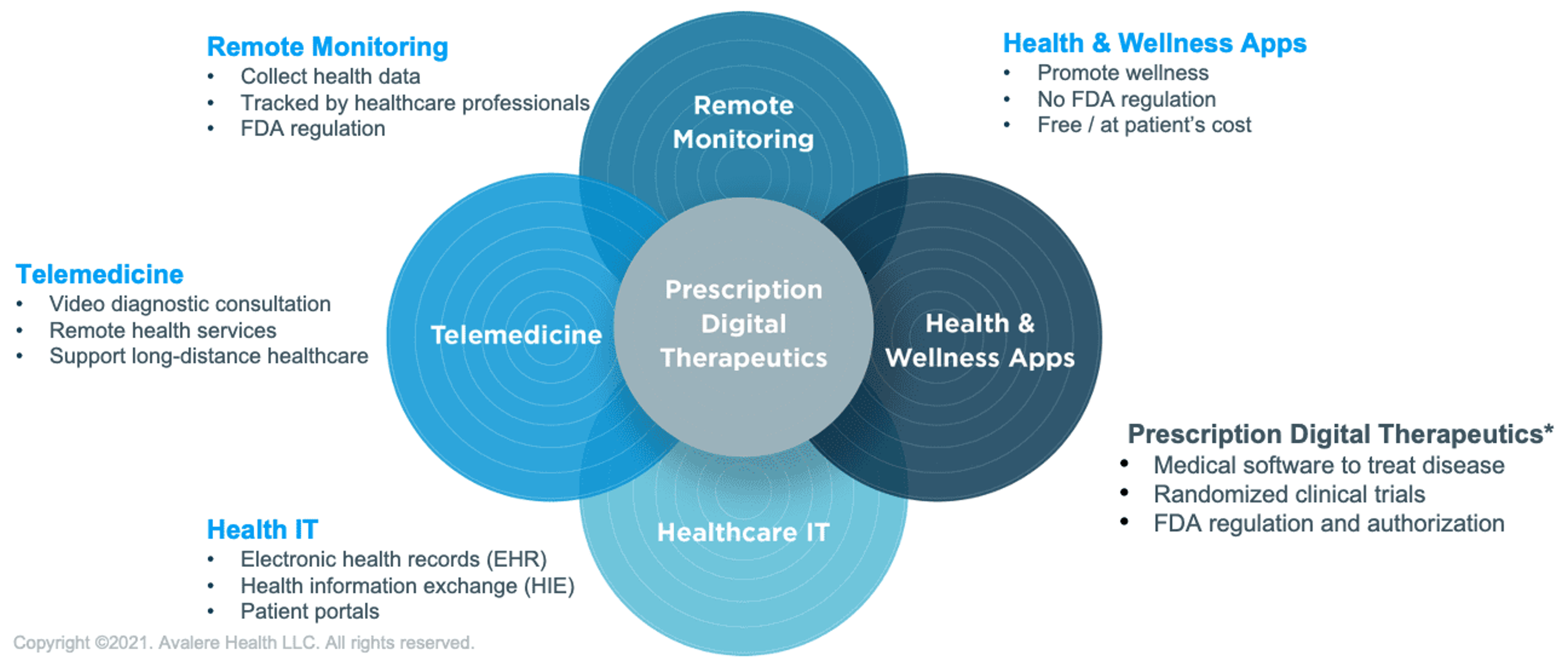blog
What Does It Mean to Deliver Next-Gen Value for Biotechs?

SECTIONS
What trends are likely to deliver next-gen value for biotechs in the coming year? Many developing issues impact the industry and provide more value for patients. Read on to learn more about these next-gen trends.
Key Takeaways:
- Most next-gen trends involve enhancing patient engagement and the patient experience.
- Evolving technologies such as telemedicine, wearable interconnectivity, and prescription digital therapeutics provide significant next-gen value for biotechs.
- Patient data management affects the majority of next-gen trends. Master data management (MDM) can help better manage valuable patient data.
Patient Engagement
Most of the developing trends in the healthcare/biotech industry involve efforts to deliver a more meaningful patient experience and improve patient engagement – some more directly than others. What developments are set to impact patient engagement directly? Here are some of the most important.
Personalized Patient Experience
Patients today demand a more personalized experience when interacting with their healthcare providers. Their expectations are driven by online retailers’ increasingly personalized customer experience, and healthcare providers need to match that consumer experience. Online and offline interactions need to target each patient’s personal needs, conditions, and treatments. Consumers are used to being in charge of the shopping experience, and healthcare providers need to provide the same level of self-control and interactivity to their patients.
Patient Portals
One of the most important touchpoints for the new patient experience is the patient portal. The patient portal is the most popular technology for patient engagement in use today, employed by more than 80% of healthcare professionalsOpens in a new tab. Generic one-size-fits-all portals are no longer adequate for 21st-century patients. To meet the needs of today’s patients, next-gen patient portals should expand on the functionality of current portals as follows:
- Combine all aspects of the patient experience into a single “digital front door” so that patients aren’t forced to exit to other platforms to pay their bills or schedule appointments
- Be designed for full functionality on smartphones and other mobile devices
- Provide live updates for lab results and other medical data
- Track medical treatments
- Upload customer medical data in real time
Omnichannel Communications
Patients expect to interact with their healthcare providers using several devices and across multiple channels. This entails embracing omnichannel communications so that all interactions follow patients across multiple touchpoints and devices. Patients should be able to start an interaction on one device, such as a mobile phone, and then continue that interaction without interruption on other devices, such as a notebook computer or an Alexa-equipped smart speaker.
Patient Marketing Programs
Hypertargeting based on detailed patient data allows for personalized patient marketing programs that draw attention to relevant conditions and treatments. When combined with personalized patient services, the patient experience is enhanced in ways not possible in the past.

Telemedicine
The COVID-19 pandemic accelerated the adoption of telemedicine in the United States and abroad. According to the J.D. Power 2021 U.S. Telehealth Satisfaction Study, 36% of patients used telehealth services in 2021Opens in a new tab, up from just 9% in 2020 and 7% the year before that. Next-gen telemedicine needs to expand on the current often-primitive offerings to incorporate the following new or enhanced elements:
- Intuitive operation
- On-demand care
- Easy access from mobile devices
- Encrypted communications for enhanced privacy and security
- Real-time integration with health insurance providers
Wearable Interconnectivity
Wearable devices from companies such as Apple and Fitbit are making significant inroads with healthcare providers. Data collected from these devices can be of tremendous value to medical practitioners and provide real-time information regarding patient conditions. According to Gartner, 90% of corporate wellness programsOpens in a new tab now include fitness trackers (up from 60% in 2017). Next-gen wearables will interconnect with electronic patient health records and include sensor-based remote health monitoring. While this is not without its challengesOpens in a new tab, it promises to enhance the functionality of these devices. The following TED Talk discusses emerging wearable technologies.
Prescription Digital Therapeutics
A prescription digital therapeutic (PDT) is a software program or app prescribed by a physician as a form of treatment. PDTs are fast becoming accepted by the medical community across various therapeutic areas. PDTs are FDA-approved and can be used to treat a variety of complex diseases and conditions. They are available only by prescription and are increasingly reimbursable by health insurance providers. Many medical professionals believe that PDTs can make the treatment process more convenient for patients and enable closer monitoring, ultimately resulting in higher quality care and significantly improved outcomes.

Patient Privacy
Privacy is of increasing importance to consumers across all aspects of their daily lives. This focus on privacy extends to the field of healthcare and has resulted in increased attention on patient privacy.
Recent regulation, including the EU’s General Data Protection Regulation (GDPR) and the Health Insurance Portability and Accountability Act (HIPAA), is designed to safeguard the privacy of patient health records.
Patients expect healthcare providers to guard their personal information securely and not share it with other parties. They want transparency on how their data is used and the right not to have their data stored.
Next-gen patient management systems must take this renewed focus on privacy into account – and healthcare/biotech companies must become serious about ensuring patient privacy.
Patient Data Management and MDM
These next-gen activities ultimately affect and are affected by patient data management. Managing patient data is made more accessible and more secure when firms embrace master data management (MDM).
MDM involves consolidating all available patient data into a single master record for each patient. With MDM, healthcare/biotech companies can:
- Centralize data storage
- Eliminate redundancies and duplicates
- Reduce possible errors
- Create more detailed reporting and analysis
- Ensure regulatory compliance
- Make more informed decisions
Coperor One Patient – MDM Platform
The use of MDM facilitates innovation and helps deliver next-gen value for biotech and healthcare organizations. Coperor E-MDM by Gaine enables organizations like yours to create complete, accurate, and up-to-date master data across all your internal systems.
We have been helping biotech, healthcare, and life sciences organizations leverage their valuable information for more than two decades. Let us help your organization jump onto the next-gen bandwagon.
Contact Gaine today to learn more about MDM and next-gen value.
